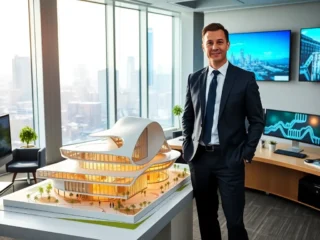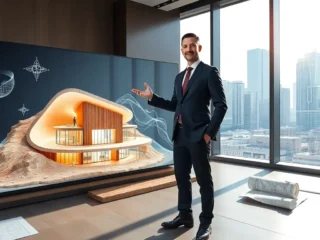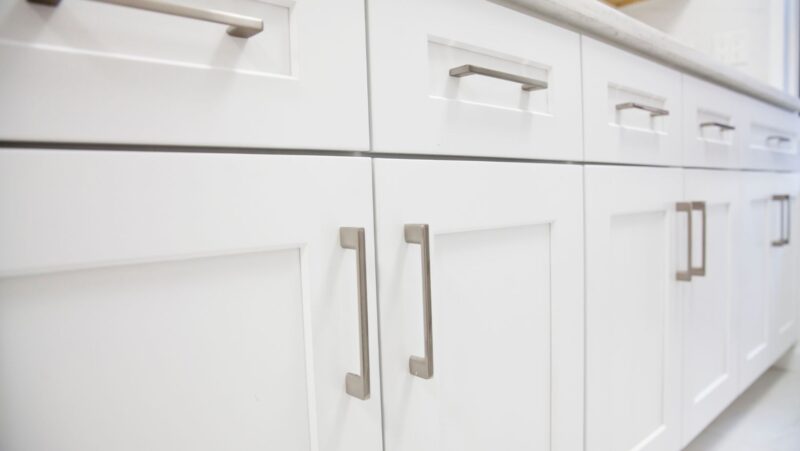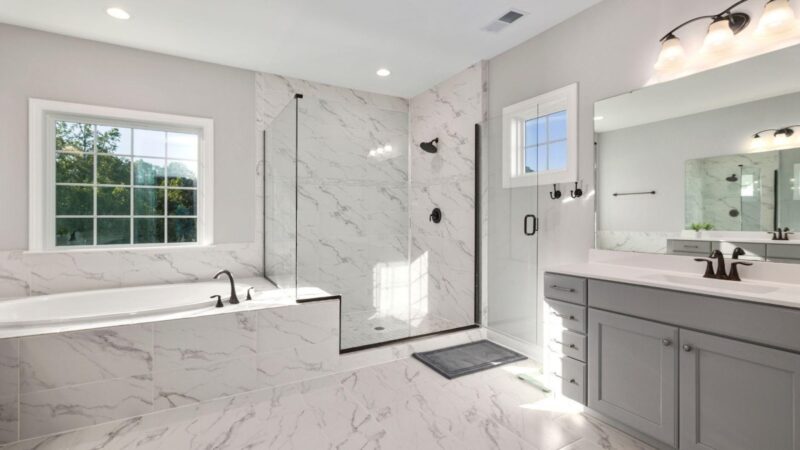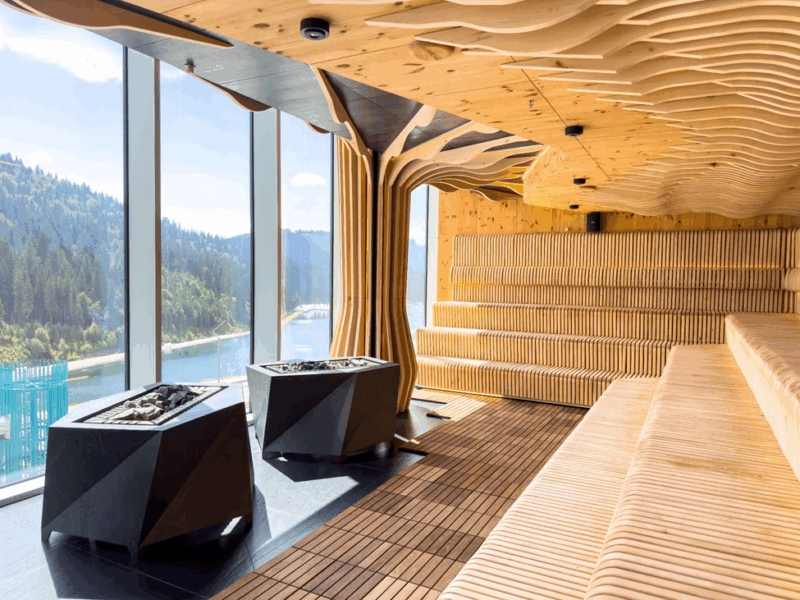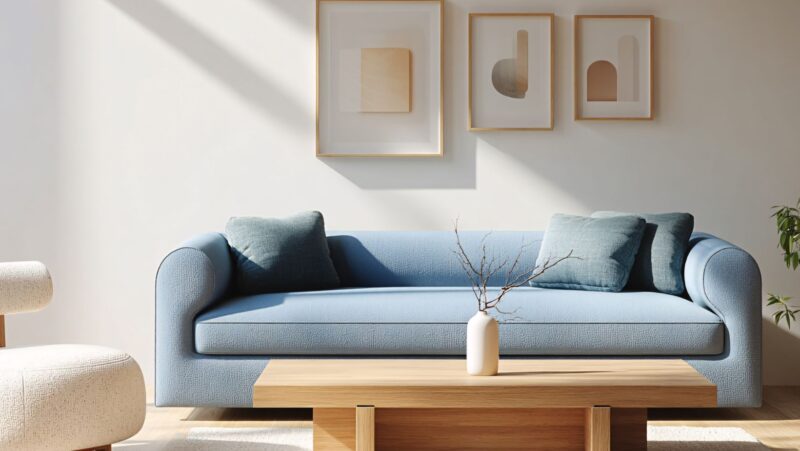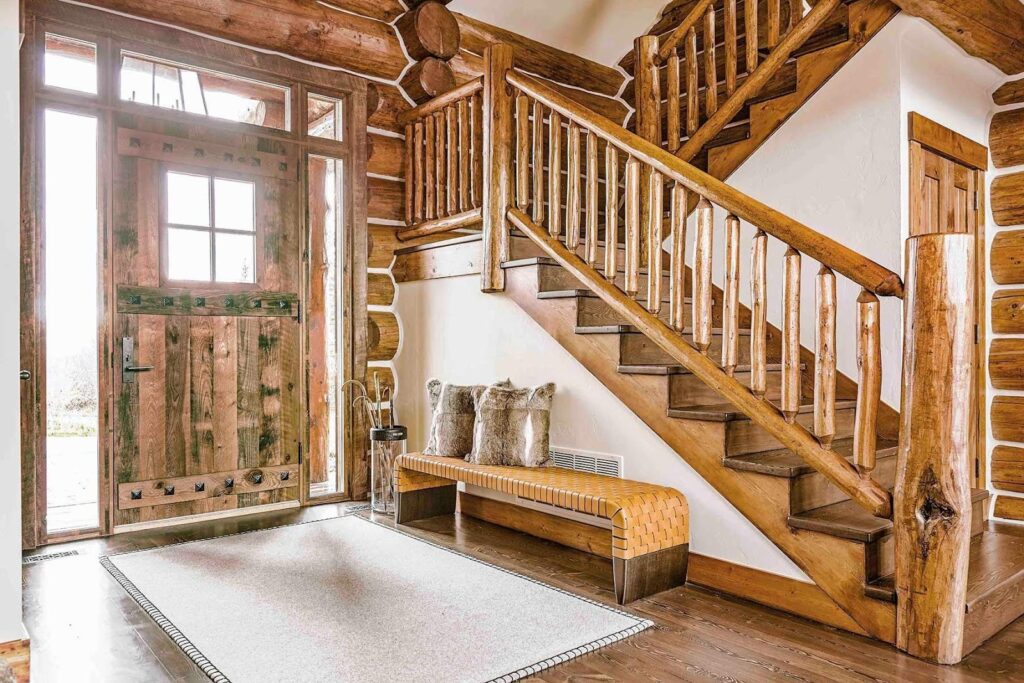
Interior design in Denver reflects more than taste—it reflects lifestyle, location, and a deep connection to well-being. As the city evolves, so do the expectations homeowners have for their spaces. With a backdrop of mountains and four distinct seasons, Denver offers unique opportunities for design that is both personal and place-based. Those seeking interior design in Denver often look for more than looks; they want homes that support health, harmony, and connection to nature.
Designing with Light and Landscape
Denver sits a mile above sea level and receives nearly 300 days of sunshine a year. Designers in the city take full advantage of that. Large windows, glass doors, and clerestory features are common tools to let daylight flood in. Natural light isn’t simply aesthetic; it promotes wellness and reduces dependence on artificial lighting. Homes that open up to mountain views also encourage a sense of peace and presence.
Designing with light means understanding its movement throughout the day and across the seasons. Morning light in east-facing rooms can energize a breakfast nook or home office. Afternoon sun in west-facing spaces can create cozy, golden-toned living rooms. When thoughtfully applied, light becomes a material in its own right—a way to shape mood and movement.
Materials That Mirror the Mountains
In Denver, interior designers often choose finishes that echo the region’s terrain. Wood, stone, and clay are frequently used to warm a space and give it texture. These natural materials aren’t chosen at random—they ground the home in a sense of place. Choosing local or reclaimed materials also supports sustainability, something more homeowners are prioritizing today.
The tactile quality of these materials matters as much as their appearance. Rough stone fireplaces, smooth wooden beams, and matte clay tile create visual and physical comfort. These elements are durable and timeless, aging gracefully while keeping maintenance low. Interior spaces that connect to the natural world help reduce stress and make daily living more enjoyable.
Fluid Boundaries Between Inside and Out
The line between indoors and outdoors is often softened in Denver homes. Transitional spaces like patios, decks, or covered porches become essential design elements. When weather allows, large doors slide open to extend the living space outside. When it doesn’t, thoughtful window placement maintains visual connection with nature. This blend speaks to a lifestyle that values both comfort and open air.
Landscaping also becomes part of the interior experience. Designers often collaborate with landscape architects to create sightlines that frame outdoor elements, such as gardens, water features, or native grasses. Interior finishes may mirror the tones or textures of nearby outdoor materials, reinforcing continuity between environments.
A Quiet Revolution in Wellness Design
Wellness isn’t a buzzword in Denver interiors—it’s a foundation. Increasingly, designers are considering how a space influences physical and emotional wellbeing. Clean air, natural ventilation, and low-toxin materials are baseline decisions. But it also extends to the layout of a room, how light moves through it, and what textures invite rest. These choices result in homes that feel restorative rather than simply functional.
Designers may also consider circadian lighting systems, acoustic treatments, or zones for meditation and movement. Color theory plays a role, with palettes selected to calm or uplift. Even storage and organization contribute to mental clarity. In this context, wellness design is holistic and deeply personal.
Year-Round Comfort and Versatility
With snowy winters and dry, hot summers, Denver homes need to perform in all conditions. That requires intelligent choices: thermal curtains that insulate without darkening a space, radiant flooring that brings heat to where it’s needed, and flexible furnishings that adapt to changing needs. These elements make homes comfortable year-round without compromising aesthetics.
Smart technology can enhance these solutions. Automated blinds, climate control systems, and energy-efficient appliances help manage interior environments more effectively. Thoughtful insulation and airflow design reduce reliance on HVAC systems, making the home both comfortable and eco-conscious.
Local Culture, Art, and Personality
Denver’s identity is rooted in independence and appreciation for craft. That spirit finds its way into interior design through artisan-made pieces, custom woodwork, and regionally inspired art. There’s also a growing interest in mixing new and old—vintage finds alongside contemporary pieces. It’s not about matching; it’s about meaning. These layers create homes that feel lived-in and loved.
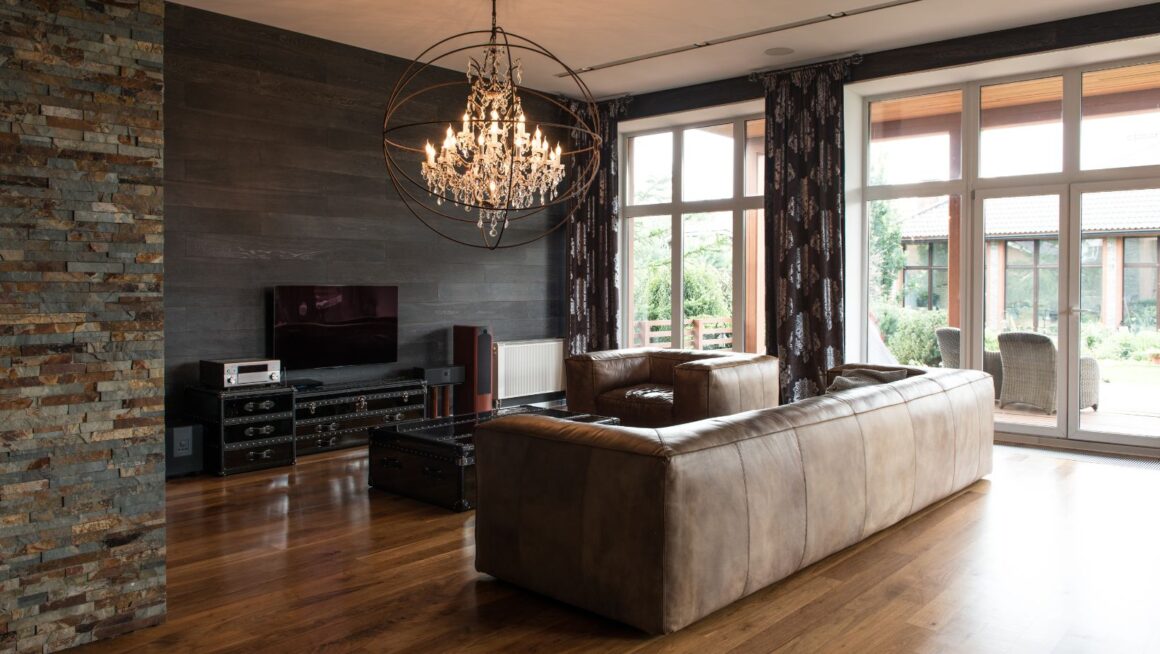
Many homeowners are embracing storytelling through design. Whether it’s a handwoven rug from a local maker or a painting by a regional artist, these choices give rooms depth and personal resonance. Designers often work closely with clients to curate these elements, ensuring that the final result reflects more than style—it reflects identity.
Final Thoughts
What makes interior design in Denver distinctive is its responsiveness. It honors climate, context, and the human need for beauty and balance. The most memorable spaces here aren’t flashy—they’re thoughtful, sensory, and deeply tied to the rhythm of place. As Denver continues to grow and evolve, its interiors will follow—always shaped by light, land, and the lives lived within them.



